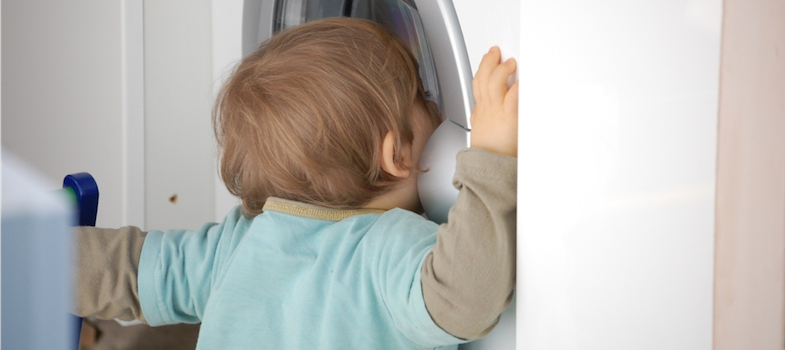Comment on Activity 1.1
The presentation offers a broad overview of In-the-Picture. Each perspective seems fairly straightforward, but not without challenges. The kinds of questions which people typically ask are:
How is one supposed to record the first person narrative and for how long?
When should you take photographs and how will you fit taking and sharing those photographs into the limited time available during a session or visit?
Will parents really want to discuss these kinds of observations?
What use will short observations of this kind be when you are working with children with complex communication challenges?
You probably raised a range of other questions too. You will hopefully reflect back upon these (and many others which occur) as you progress through the course. The intention of this course, however, is to present you with a wide variety of voices and different people’s experiences so that, even if some of your questions remain unanswered, you will feel in a position to seek the answers for yourself.
We also recognise that the introductory video only touched upon the range of contexts in which people work. It is a well established requirement in the training and standards associated with a wide variety of practitioners that they engage with the views of the children with whom they work, that they are reflective upon their own practices and the ways in which these practices equate with the views of the child. However, practitioners are also under a myriad of institutional pressures. They have formalised approaches to observation and recording, they are encouraged to seek evidence and demonstrate outcomes. They are frequently working for understaffed organisations or have extensive workloads. They are encouraged too, to collaborate with other practitioners but find they have to find ways to talk across their entrenched professional backgrounds. Surely another observation approach will just make this all even more complicated?
It is worth bearing in mind why and how this course has come to be written. In-the-Picture began as part of a study examining the experiences of two children and their parents within early intervention programmes, involving 10 visits ranging from one to five hours with each of the families over a period of five months. This was followed up by a study examining six children’s experiences of social connections in three different pre-school settings and another study examining seven families experiences of the Bookstart Corner programme delivered by children’s centres within the homes of people experiencing social disadvantage. It was during these research projects that the possible practical application of the approach beyond research was suggested by practitioners. As a result, a study was undertaken to examine seven practitioners' views on using the ‘In the Picture’ approach to observe social interactions between young children and then a study involving 20 practitioners in 10 Portage services. (Note: Portage is an educational service which provides weekly home visits by a trained practitioner with a focus on supporting play and communication with the child.)
From these last two studies it emerged that practitioners felt:
The children enjoyed the experience of In-the-Picture
In-the-Picture encouraged them to step-back and focus on the child’s perspective
In-the-Picture improved their communication with the child
In-the-Picture encouraged their focus upon relationships
In-the-Picture made it easier for them to spot small details
In-the-Picture changed their perspective
In-the-Picture sharpened their focus
In-the-Picture encouraged a deeper level of observation
In-the-Picture made them question their previous methods of note taking
In-the-Picture made them question their previous use of photography
They recognised In-the-Picture’s value with various children
They recognised In-the-Picture would help with planning
Some practical problems and limitations emerged too and this course will not shy away from these. But all in all, the view from practitioners was that this was a tool that ought to be shared.
